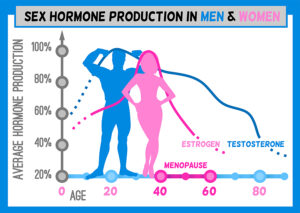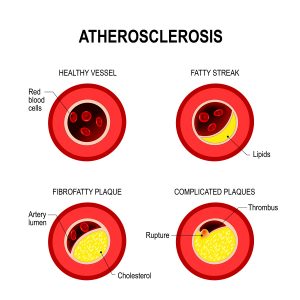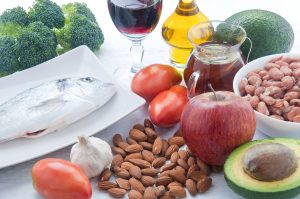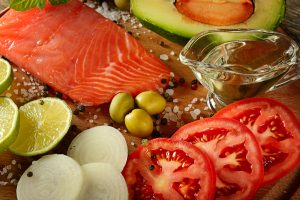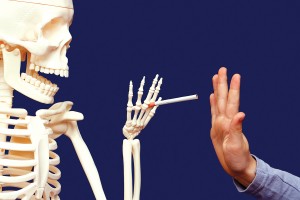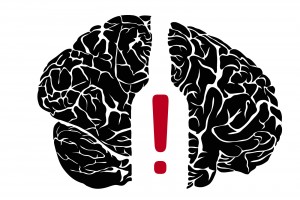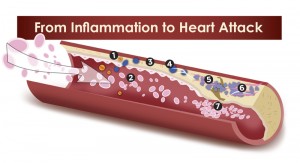Medical myths about aging are easy to debunk. Many people believe that it is inevitable that they become disabled as they age, their lives become unbearable, without passion, boring and full of pain. Some aspects of your health may decline with age, none of the myths discussed below is inevitably happening in everyone. Studies showed that a positive outlook on aging and life in general will help you to live longer and stay healthier. Here I discuss 7 common myths about aging.
Myth 1: Everyone will experience physical deterioration
It is common for people to experience reduced muscle strength, increased blood pressure, excessive fat accumulation and osteoporosis. A study with 148 older patients showed that an expectation of reduced fitness in older age actually resulted in less physical activity when older age arrived.
But you can maintain good cardiovascular function and good muscle strength with a regular exercise program. This study showed that men and women can reduce mortality by exercising regularly, even in older age.
Myth 2: Older adults cannot exercise
There are several reasons why older people stop exercising or are afraid to start exercising. People use the excuse of their arthritis getting worse from exercise. But studies showed the opposite: joint function improves and joint pains are getting better with exercise. Your muscles get stronger and you are less likely to fall. Your heart and lungs are improving their functions and your mentation improves. Exercise increases the HDL cholesterol, which reduces the risk for heart attacks and strokes.
Myth 3: As we age, we need less sleep
For many years there was the notion that older people need less sleep. What was not known then was that people above the age of 60 have no appreciable secretion of melatonin from the pineal gland. But when they replace their melatonin deficiency by taking a nighttime dose of 3 mg at bedtime, they will sleep better and longer. They may need a second dose of melatonin in the middle of the night. We need 7 to 8 hours of sleep at night for our diurnal hormone rhythm.
This will also slow down our aging clock.
Myth 4: Your brain slows as you age
Dementia is common when you get older. 13.9% have it at age 71 and older. 37.4% have dementia over the age of 90. But the majority, namely 86.1% in the 71+ age group and 62.6% above the age of 90 do not have dementia. A Mayo Clinic study showed that when the person engaged in artistic activities in midlife or later in life the risk for mild cognitive impairment (MCI) development was reduced by 73%, involvement in crafts reduced it by 45% and engagement in social activities by 55%. In a surprise finding the use of a computer late in life was associated with a 53% reduction in MCI development. These are very significant observations.
Physical activity reduces risk for dementia
Apart from stimulating your brain, physical activities also significantly reduce the risk for dementia. A synopsis of 11 such studies showed that dementia is reduced by 30% when physical activity is started in midlife and the person is aging compared to non-exercisers.
Myth 5: Osteoporosis occurs only in women
There is a serious misunderstanding about osteoporosis. Several factors work together that can cause osteoporosis. Women in menopause are more likely to develop it due to the missing ovarian hormones estrogen and progesterone. These hormones work together and stimulate vitamin D induced calcium deposition into bone as well as decreasing bone resorption.
Vitamin K2 also deposits calcium into the bone. In postmenopausal women who take bioidentical hormone replacement, vitamin D and K2 the bone density remains strong. Unfortunately, the opposite is true in postmenopausal women who take synthetic hormones. Synthetic hormones have side chains that do not fit the natural hormone receptors of a woman. This is why osteoporosis persist. And, yes, men get osteoporosis, but typically 10 years later. Typically, they get into andropause where testosterone production declines 10 years later.
Myth 6: People stop sex as they age
With age men can develop erectile dysfunction (ED) and women vaginal dryness, both of which can interfere with having sex. A large study showed that only 0.4% of men in the age group 18-29 had ED. In the age group of 60-69 there were 11.5% who suffered from ED. What this means though is that 88.5% of men age 60-69 did not suffer from ED. Fortunately for those who have ED drugs like Cialis and Viagra can correct their problem and they can have regular sex. What a change from 25 years ago when none of these drugs were available (approval of Viagra by FDA in 1998 and of Cialis in 2003).
Bioidentical hormone replacement beyond menopause and andropause preserves your normal sex drive as well. There are additional benefits of bioidentical hormones. They have positive effects on the heart, brain, bones and the muscle mass.
Myth 7: It is too late to stop smoking now
One of the myths that many older smokers like to say is that it would be too late to stop smoking. They think the damage to heart and lungs is permanent and quitting now is too late. Fact is that quitting smoking immediately improves your blood circulation and gives you more oxygen. In just 1 year the risk of getting a heart attack is cut into half. In 10 years, the risk of a heart attack or stroke is the same as that of non-smokers. There is a reduction of getting lung cancer by half.
Conclusion
There are all kinds of medical myths about aging. We may think that physical deterioration is inevitable. Or we believe that older people cannot exercise. And we cannot help it, but our brain slows down as we get older. And there is the question whether we need less sleep as we age. Osteoporosis is a disease of women, is it not? These older couples, they don’t have sex any more, do they? And is it too late to stop smoking now that I am 65 years old? All of these myths exist, but there is a need to debunk them.
The truth behind the medical myths about aging
I explained in detail what the medical truths are behind these questions. Many of these myths have developed in the past. But with regular exercise, balanced nutrition (Mediterranean diet) and a positive attitude much of these old myths can be overcome. Bioidentical hormone replacement when hormones are missing is another powerful tool. Yes, we all age. But we are still living and can enjoy life as long as it lasts.
